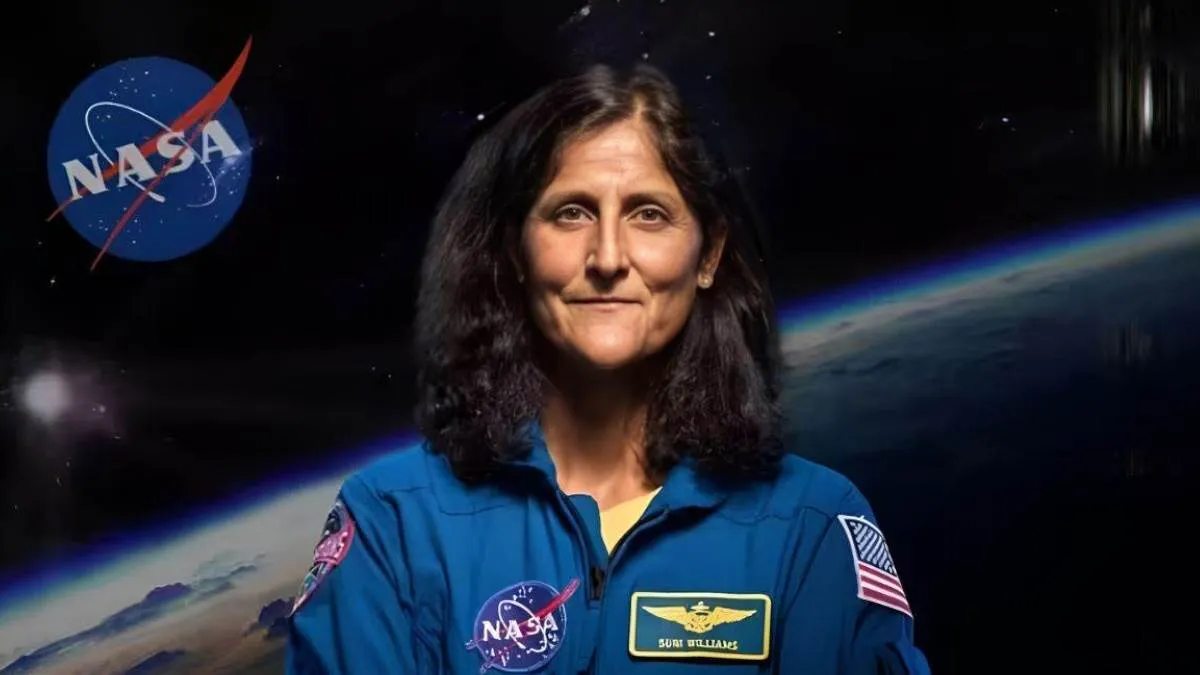Sunita Williams faces gravity’s challenge after months in space. NASA’s rehab program focuses on physical therapy, cardio, nutrition, & neurological readjustment.
After spending over eight months aboard the International Space Station (ISS), Indian-origin NASA astronaut Sunita Williams and her colleague Butch Wilmore are scheduled to return to Earth on March 19, 2025. The two astronauts have been in space since June of the previous year due to technical issues with Boeing’s Starliner spacecraft, which was intended to bring them back sooner. Their return to Earth presents challenges, primarily readjusting to gravity after prolonged exposure to microgravity.
Astronaut Butch Wilmore addressed claims that he and Sunita Williams were ‘abandoned’ in space. Dismissing claims by US President Donald Trump and SpaceX CEO Elon Musk, Wilmore said, “That’s been the rhetoric. That’s been the narrative from day one: stranded, abandoned, stuck — and I get it. We both get it… But that is, again, not what our human spaceflight program is about.”
Effects of Microgravity on the Human Body
Long-duration spaceflight has significant effects on the human body. In microgravity, the body adapts in several ways:
Fluid Redistribution
In space, bodily fluids shift toward the upper body, causing astronauts to experience “puffy face syndrome” and thinner limbs. Upon returning to Earth, these fluids rapidly redistribute, leading to swelling in the legs and discomfort.
Muscle Atrophy and Bone Density Loss
Without the need to support body weight, muscles weaken, and bone density decreases. Studies indicate that astronauts can lose up to 1-2% of their bone mass per month in microgravity.
Cardiovascular Changes
The heart adapts to the reduced workload in space. Upon reentry, it has to work harder to circulate blood under the effects of gravity, leading to temporary dizziness and weakness.
Balance and Coordination Issues
The vestibular system, responsible for balance, undergoes changes in space. Upon returning, astronauts often experience disorientation and difficulty walking.
Butch Wilmore has spoken about the difficulties astronauts face upon returning to gravity. “Gravity is really tough, and that’s what we feel when we get back,” Wilmore said. “Fluids will be pulled down, and even lifting a pencil will feel like a workout.” Sunita Williams has acknowledged that readjusting to life on Earth will be a significant challenge, as her body will have to relearn how to function under gravity’s pull after months of floating weightlessly.
NASA’s Rehabilitation Program for Sunita Williams
NASA has planned an extensive rehabilitation program to help Sunita Williams and Butch Wilmore regain strength and adapt back to life on solid ground. The process will involve:
Physical Therapy
Astronauts undergo weeks of supervised exercise, including resistance training and balance exercises, to rebuild muscle strength and restore mobility.
Cardiovascular Conditioning
Since the heart weakens in microgravity, cardiovascular training, including cycling and treadmill workouts, will be essential.
Nutritional Support
Specialized diets rich in calcium and vitamin D will help counteract bone loss and support muscle recovery.
Neurological Readjustment
Training exercises will help astronauts regain their sense of balance and coordination, ensuring a smoother transition back to normal movement on Earth.
Preventing Cartilage and Bone Damage
Researchers have been exploring ways to strengthen astronauts’ bones and joints. A study published in npj Microgravity suggests that jumping exercises may help prevent cartilage damage and maintain bone strength during long-duration missions. The study, conducted by researchers at Johns Hopkins University and the European Space Agency (ESA), found that mice subjected to jumping exercises had thicker and healthier knee cartilage, reducing the risk of long-term joint damage.
With future space missions aiming for Mars and long-term habitation on the Moon, preventing cartilage degradation is becoming a priority for space agencies. “Cartilage damage is a major issue that needs to be addressed despite being poorly understood,” said astrophysicist Marco Chiaberge, one of the study’s lead researchers. “The positive effect we saw in these mice was huge, and the magnitude of it was unexpected. Maybe astronauts could use similar training before their flight as a preventive measure.”
Sources: https://www.hindustantimes.com/world-news/us-news/astronauts-not-stuck-in-space-sunita-williams-butch-wilmore-react-to-trump-saying-they-were-abandoned-101739935579052.html
https://timesofindia.indiatimes.com/science/even-lifting-a-pencil-will-feel-like-a-workout-why-gravity-will-make-sunita-williams-and-butch-wilmores-earth-return-a-struggle/articleshow/118357096.cms
https://www.deccanherald.com/world/sunita-williams-to-return-to-earth-on-march-19-here-is-all-we-know-3408946
